Collection
Theme
- Armed Conflict
- Trafficking
- Domestic slavery
- Forced labour
- Forced marriage
- Children
- Conflict
- Sexual exploitation
Country
- Sudan (trafficked from)
- Sudan (slavery location)
- Egypt (slavery location)
- Libya (slavery location)
- Eritrea (trafficked from) 5 More
Date
- 2014 (Narrative date)
- 1999 (Narrative date)
- 1999 (Narrative date)
- 2020 (Narrative date)
- 2012 (Narrative date) 8 More
Type
44 results
VOICES: Narratives by Survivors of Modern Slavery
This is the world's largest archive of modern slavery survivor narratives. Across more than a million words spoken or written by survivors of modern slavery, we can see why slavery persists in particular hotspots, analyse patterns in trafficking routes, identify vulnerabilities, understand more about the challenges survivors face in liberation, and discover new antislavery solutions. These narratives offer the chance to systematically design new antislavery strategies based on the experiences, ideas and solutions of enslaved people themselves.
The database is searchable by country, name, theme, and narrative date. Narratives can be viewed in list or map form. A short introduction provides context to each narrative. Narrative provenance appears after the main narrative text.
For ideas on how to use this database, please see our accompanying guide.
Project Lead: Zoe Trodd. Team Members: Andrea Nicholson, Lauren Eglen, Rosemary Pearce, Olivia Wright.
Project Funders: AHRC Antislavery Usable Past grant (2014-19), ESRC/AHRC PaCCS Modern Slavery: Meaning and Measurement grant (2016-19), and AHRC-GCRF Antislavery Knowledge Network grant (2017-2021).
For any queries about the collection please contact: [email protected]. If you wish to cite a particular narrative, please acknowledge the survivor’s name, the provenance of the narrative and cite: Voices Database, the Rights Lab, University of Nottingham.

Ajok
Thousands of women and children were taken into slavery during the decades of Sudan’s civil war, mainly from Northern Bahr El Ghazal and the Nuba Mountains. Slave-taking was revived in 1985 by the National Islamic government of Sudan primarily as a weapon against counterinsurgents in the South,…
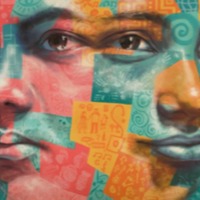
Ajok A.
Thousands of women and children were taken into slavery during the decades of Sudan’s civil war, mainly from Northern Bahr El Ghazal and the Nuba Mountains. Slave-taking was revived in 1985 by the National Islamic government of Sudan primarily as a weapon against counterinsurgents in the South,…
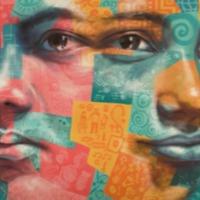
Akeen Gon Bol and Achol Deng
There are an estimated 465,000 people living in modern slavery in Sudan (GSI 2018). Between 1983 and 2005, the central government of Sudan enslaved tens of thousands of black South Sudanese Christian and traditionalist people. It was part of a genocidal war against South Sudan, with a simple aim:…

Ameen
The Global Slavery Index estimated that in 2016 modern slavery in Sub-Saharan Africa accounted from approximately 13.6 percent of the world's total enslaves population. The issue of child soldiers remains a problem across the region. South Sudan has been experiencing a civil war since 2013 and it…
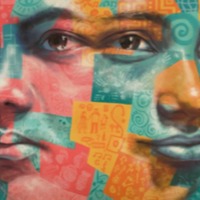
Amel Dor Manyuol
There are an estimated 465,000 people living in modern slavery in Sudan (GSI 2018). Between 1983 and 2005, the central government of Sudan enslaved tens of thousands of black South Sudanese Christian and traditionalist people. It was part of a genocidal war against South Sudan, with a simple aim:…
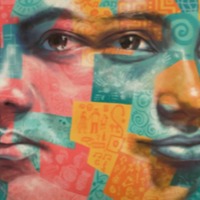
Anyang
Thousands of women and children were taken into slavery during the decades of Sudan’s civil war, mainly from Northern Bahr El Ghazal and the Nuba Mountains. Slave-taking was revived in 1985 by the National Islamic government of Sudan primarily as a weapon against counterinsurgents in the South,…
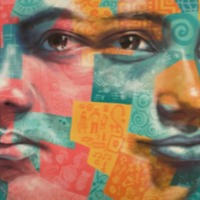
Abuk Alieu Yom
There are an estimated 465,000 people living in modern slavery in Sudan (GSI 2018). Between 1983 and 2005, the central government of Sudan enslaved tens of thousands of black South Sudanese Christian and traditionalist people. It was part of a genocidal war against South Sudan, with a simple aim:…
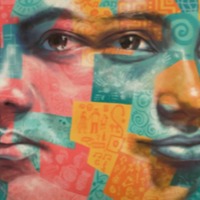
David
The Global Slavery Index estimated that in 2016 modern slavery in Sub-Saharan Africa accounted from approximately 13.6 percent of the world's total enslaves population. The issue of child soldiers remains a problem across the region. South Sudan has been experiencing a civil war since 2013 and it is…
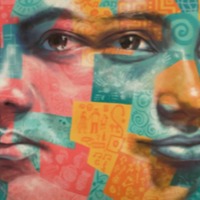
Francis Bok
There are an estimated 465,000 people living in modern slavery in Sudan (GSI 2018). Between 1983 and 2005, the central government of Sudan enslaved tens of thousands of black South Sudanese Christian and traditionalist people. It was part of a genocidal war against South Sudan, with a simple aim:…
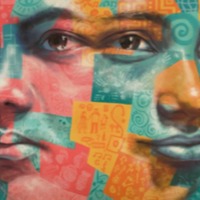
Gau
Thousands of women and children were taken into slavery during the decades of Sudan’s civil war, mainly from Northern Bahr El Ghazal and the Nuba Mountains. Slave-taking was revived in 1985 by the National Islamic government of Sudan primarily as a weapon against counterinsurgents in the South,…
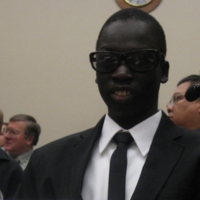
Ker Deng
Ker Deng, one of the Dinka people of Southern Sudan, was captured into slavery as a child during Sudan's civil war. His father had died and he was captured alongside his mother, Angel Mangok Diin, and taken to the North by raiders. He was blinded by his slave-holder, Zakaria Salih, as punishment for…
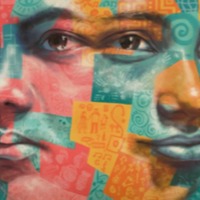
Kidane
There is an estimated 48,000 people living in modern slavery in Libya (GSI 2018). Libya is a major transit destination for migrants and refugees hoping to reach Europe by sea. Human trafficking networks have prospered amid lawlessness, created by the warring militias that have been fighting for…
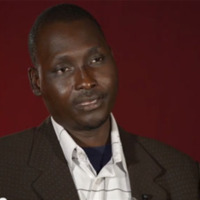
William
In 1985 William Akoi Mawwin was captured and forced into slavery at the age of six years. During raids by Muslim militia from Northern Sudan on the villages of the Christian Dinka tribes during the 1980s, tens of thousands of other boys between the ages of four and ten had the same fate. As well,…
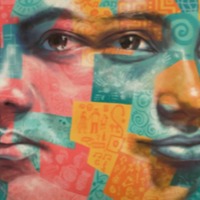
John C
The Global Slavery Index estimated that in 2016 modern slavery in Sub-Saharan Africa accounted from approximately 13.6 percent of the world's total enslaves population. The issue of child soldiers remains a problem across the region.South Sudan has been experiencing a civil war since 2013 and it is…
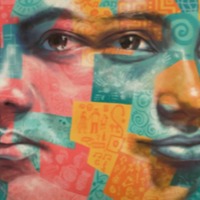
Nyang Deng Jiel
There are an estimated 465,000 people living in modern slavery in Sudan (GSI 2018). Between 1983 and 2005, the central government of Sudan enslaved tens of thousands of black South Sudanese Christian and traditionalist people. It was part of a genocidal war against South Sudan, with a simple aim:…
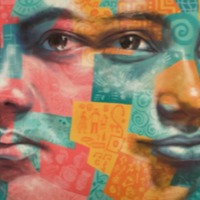
Ayak Piol Mabior
There are an estimated 465,000 people living in modern slavery in Sudan (GSI 2018). Between 1983 and 2005, the central government of Sudan enslaved tens of thousands of black South Sudanese Christian and traditionalist people. It was part of a genocidal war against South Sudan, with a simple aim:…
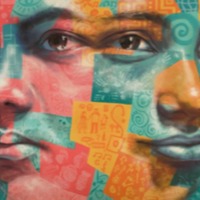
Santino
Thousands of women and children were taken into slavery during the decades of Sudan’s civil war, mainly from Northern Bahr El Ghazal and the Nuba Mountains. Slave-taking was revived in 1985 by the National Islamic government of Sudan primarily as a weapon against counterinsurgents in the South,…
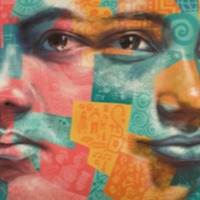
Yei
Thousands of women and children were taken into slavery during the decades of Sudan’s civil war, mainly from Northern Bahr El Ghazal (where the narrator was liberated) and the Nuba Mountains. Slave-taking was revived in 1985 by the National Islamic government of Sudan primarily as a weapon…
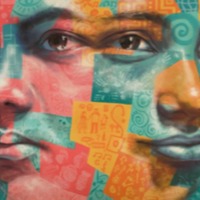
Marco
Thousands of women and children were taken into slavery during the decades of Sudan’s civil war, mainly from Northern Bahr El Ghazal (where the narrator was liberated) and the Nuba Mountains. Slave-taking was revived in 1985 by the National Islamic government of Sudan primarily as a weapon against…
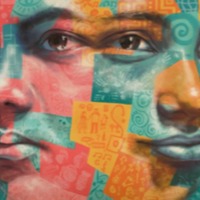
Mary A
Thousands of women and children were taken into slavery during the decades of Sudan’s civil war, mainly from Northern Bahr El Ghazal (where the narrator was liberated) and the Nuba Mountains. Slave-taking was revived in 1985 by the National Islamic government of Sudan primarily as a weapon against…